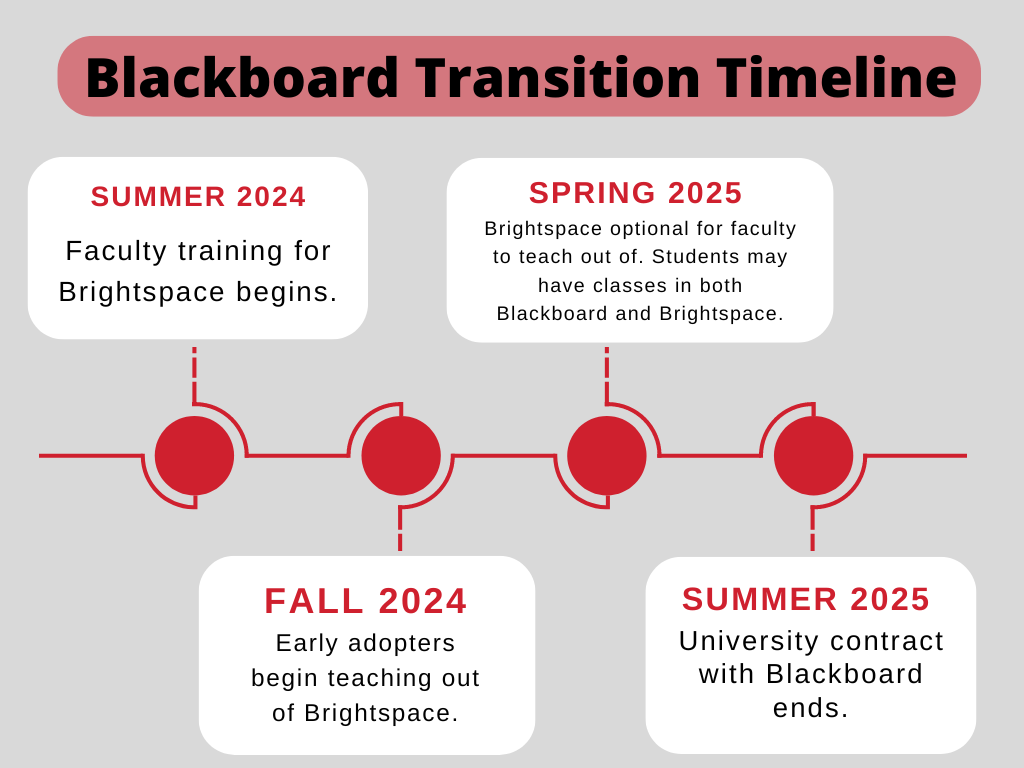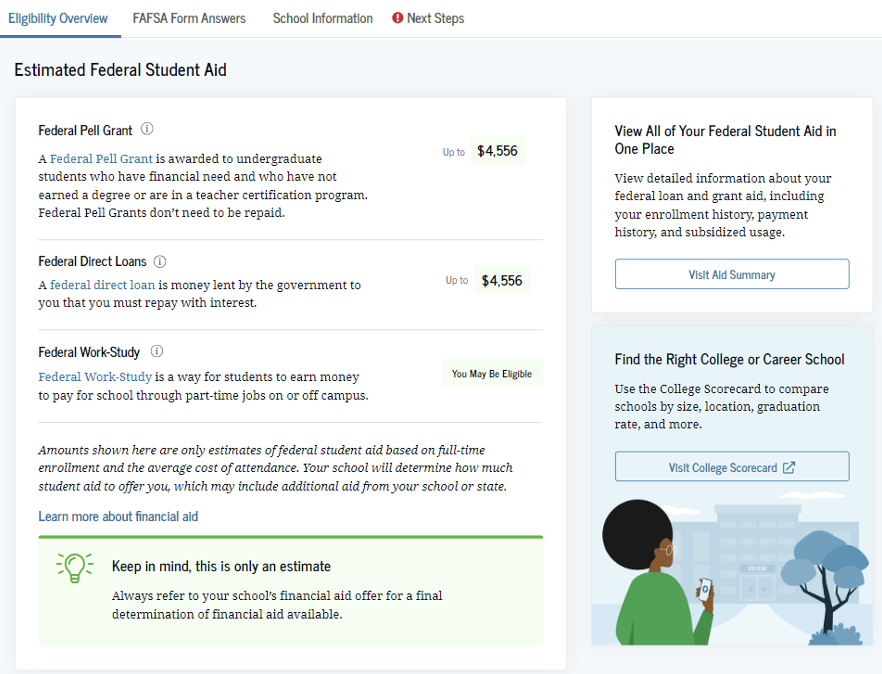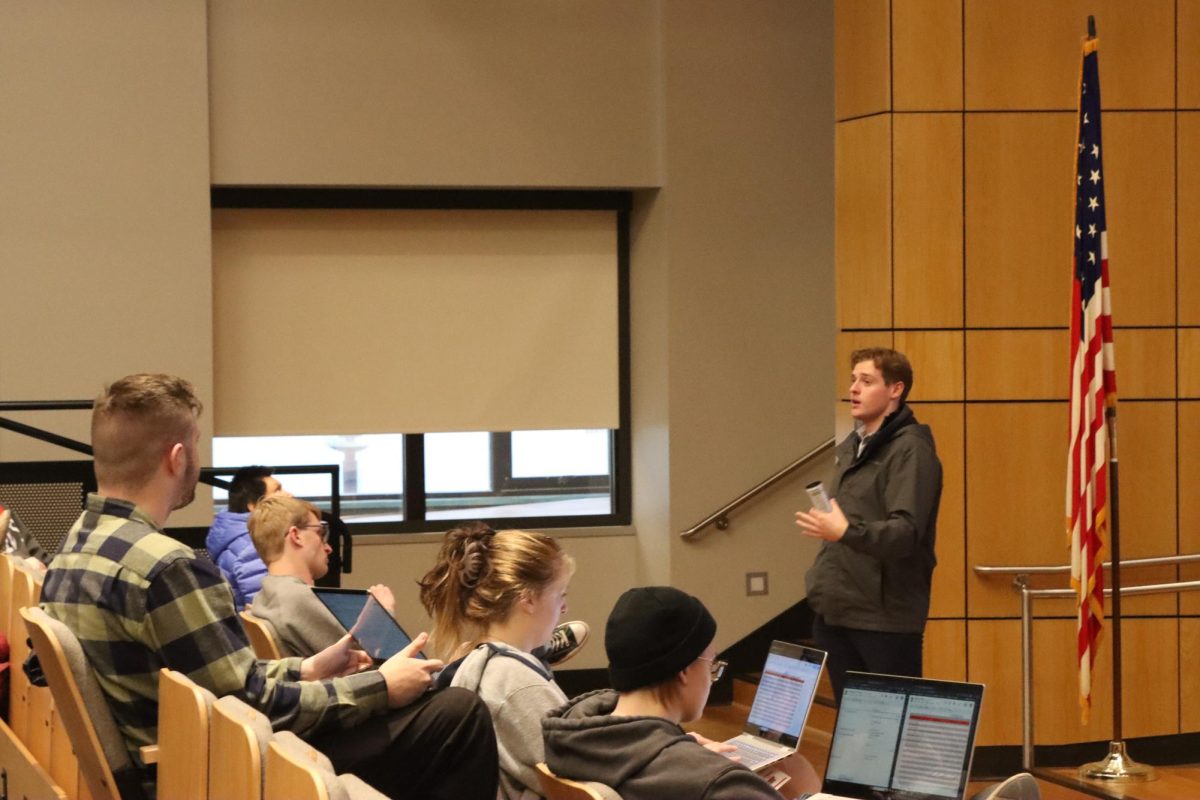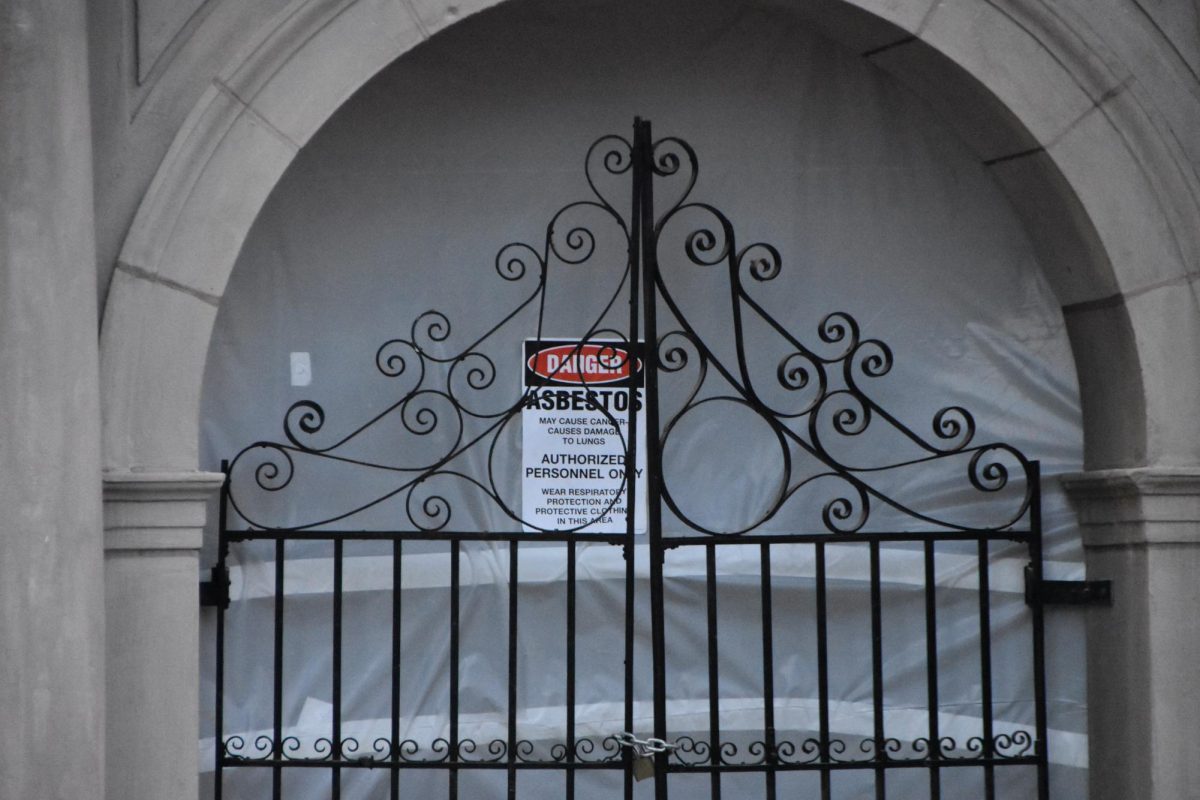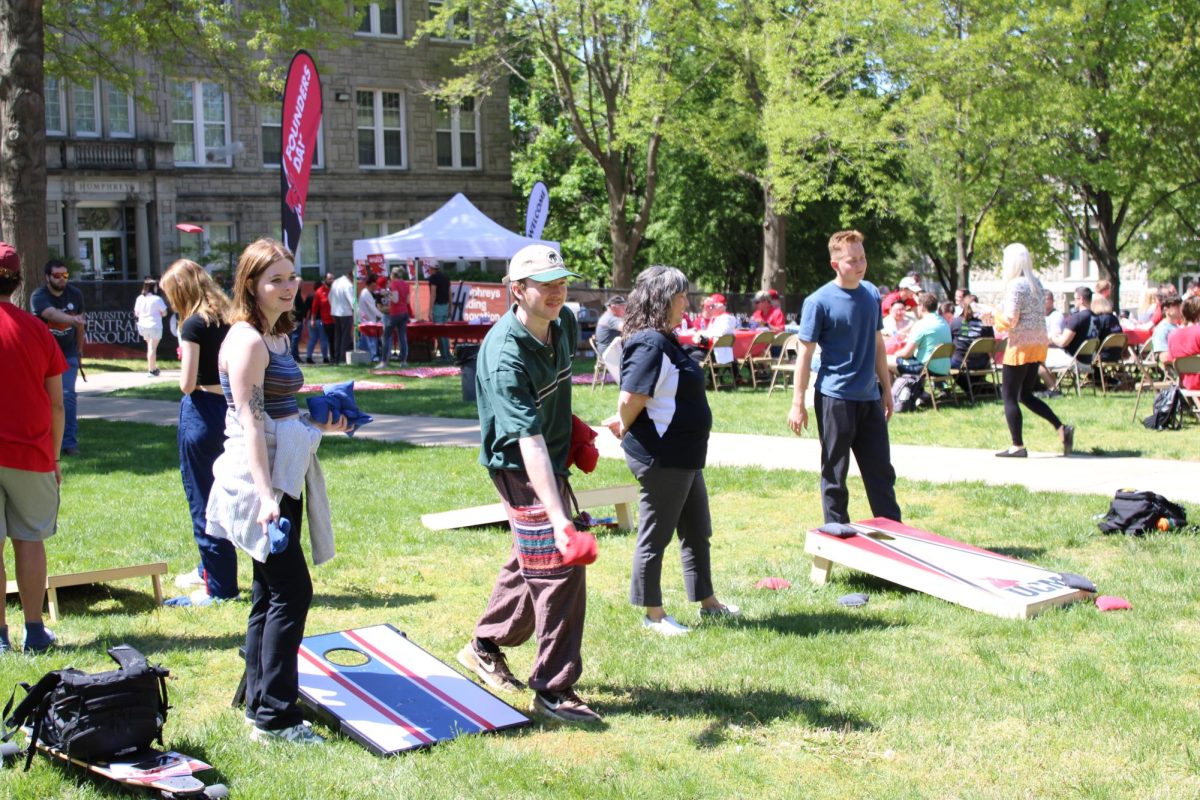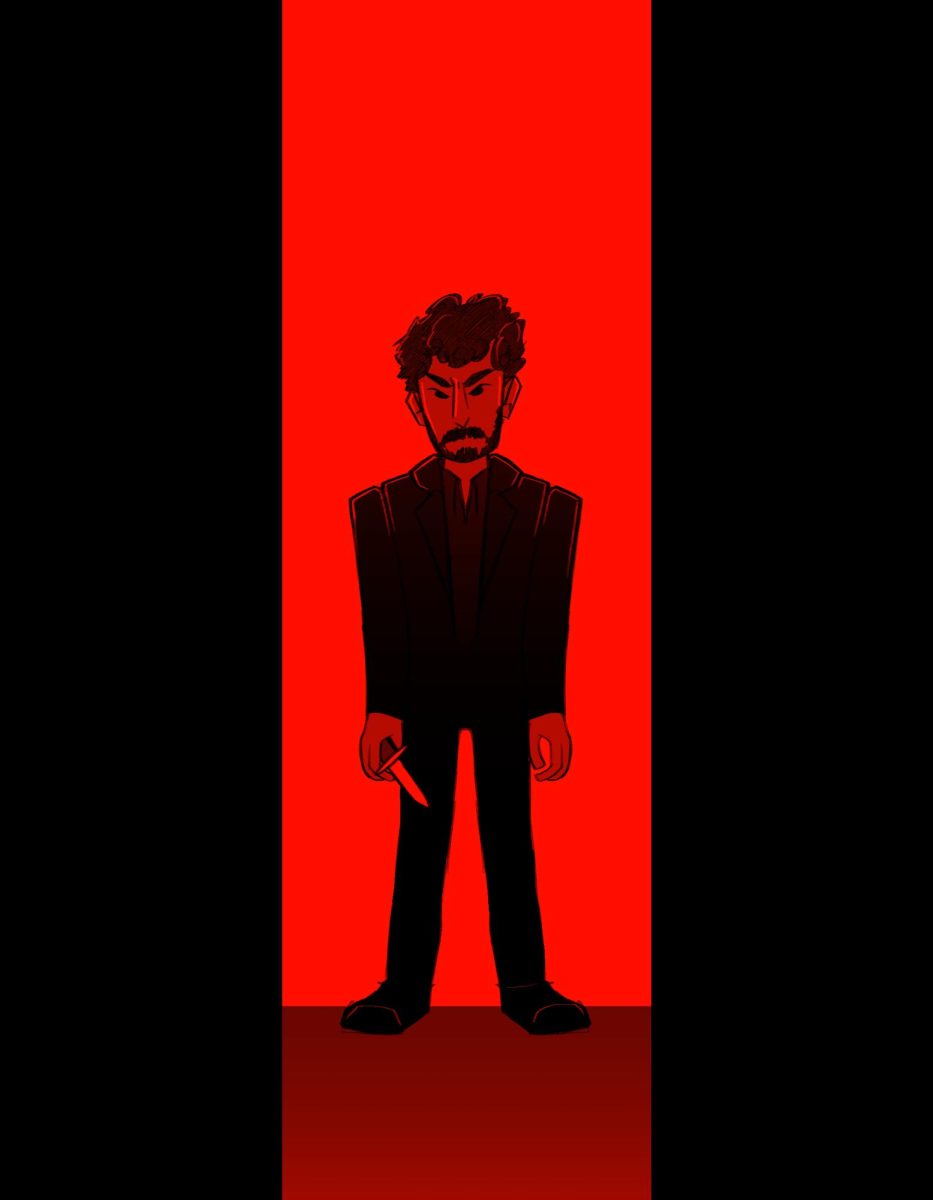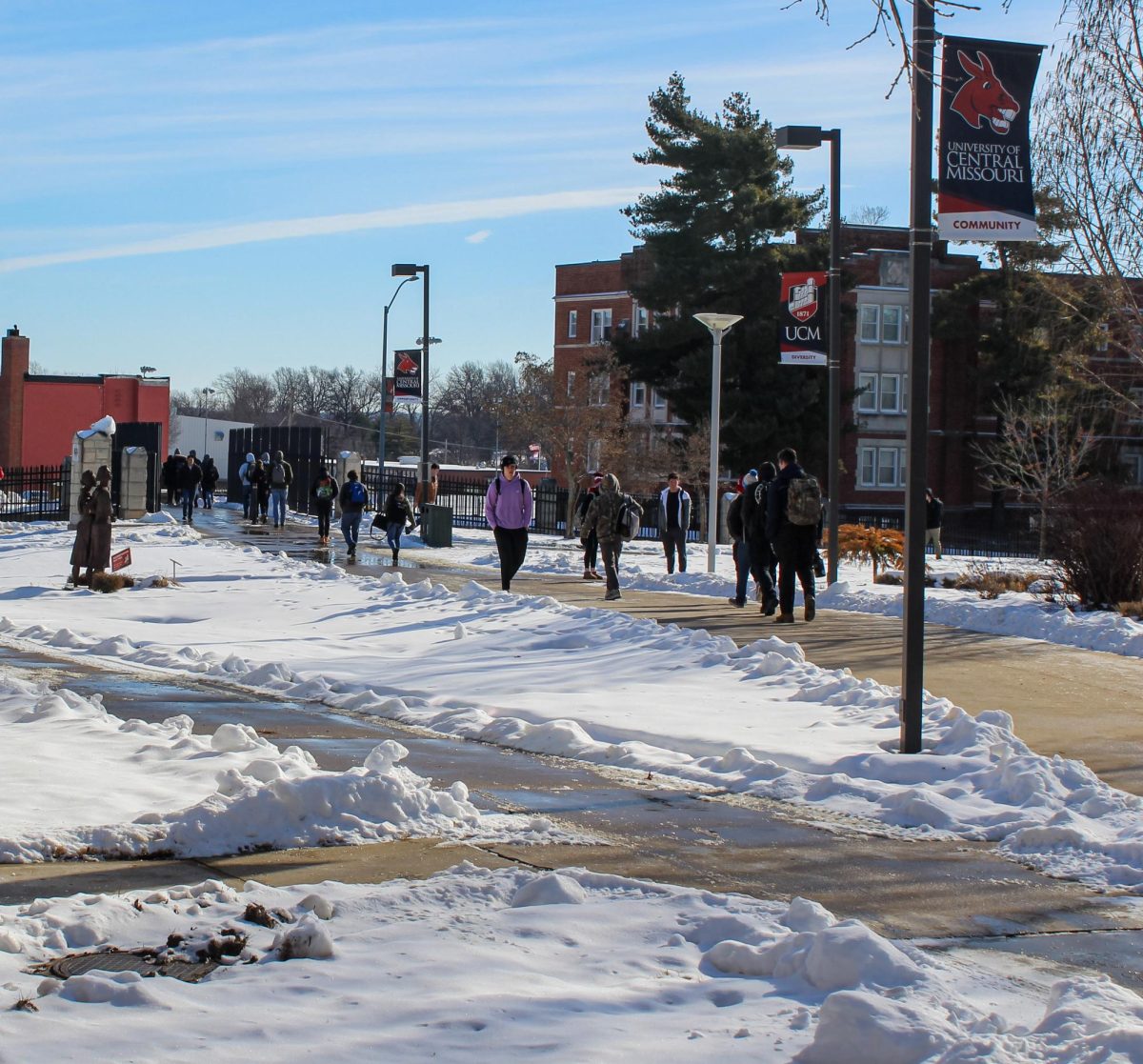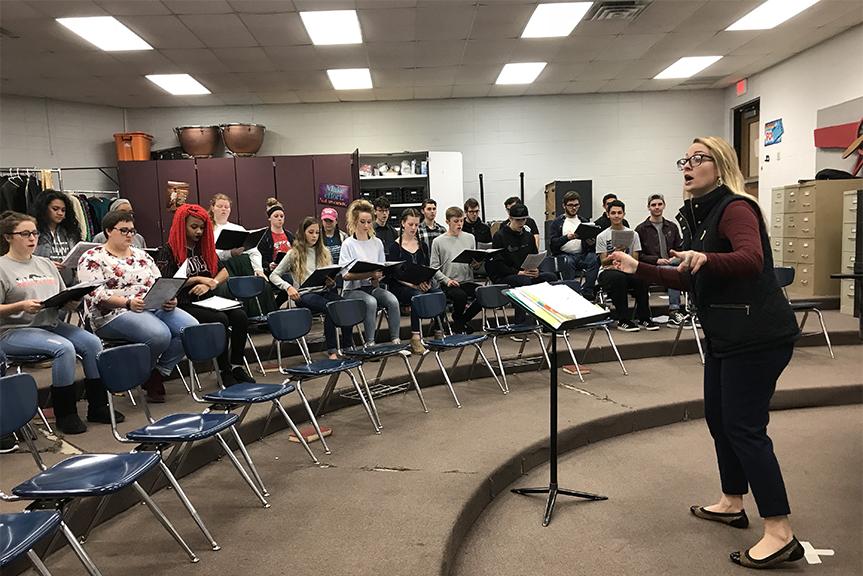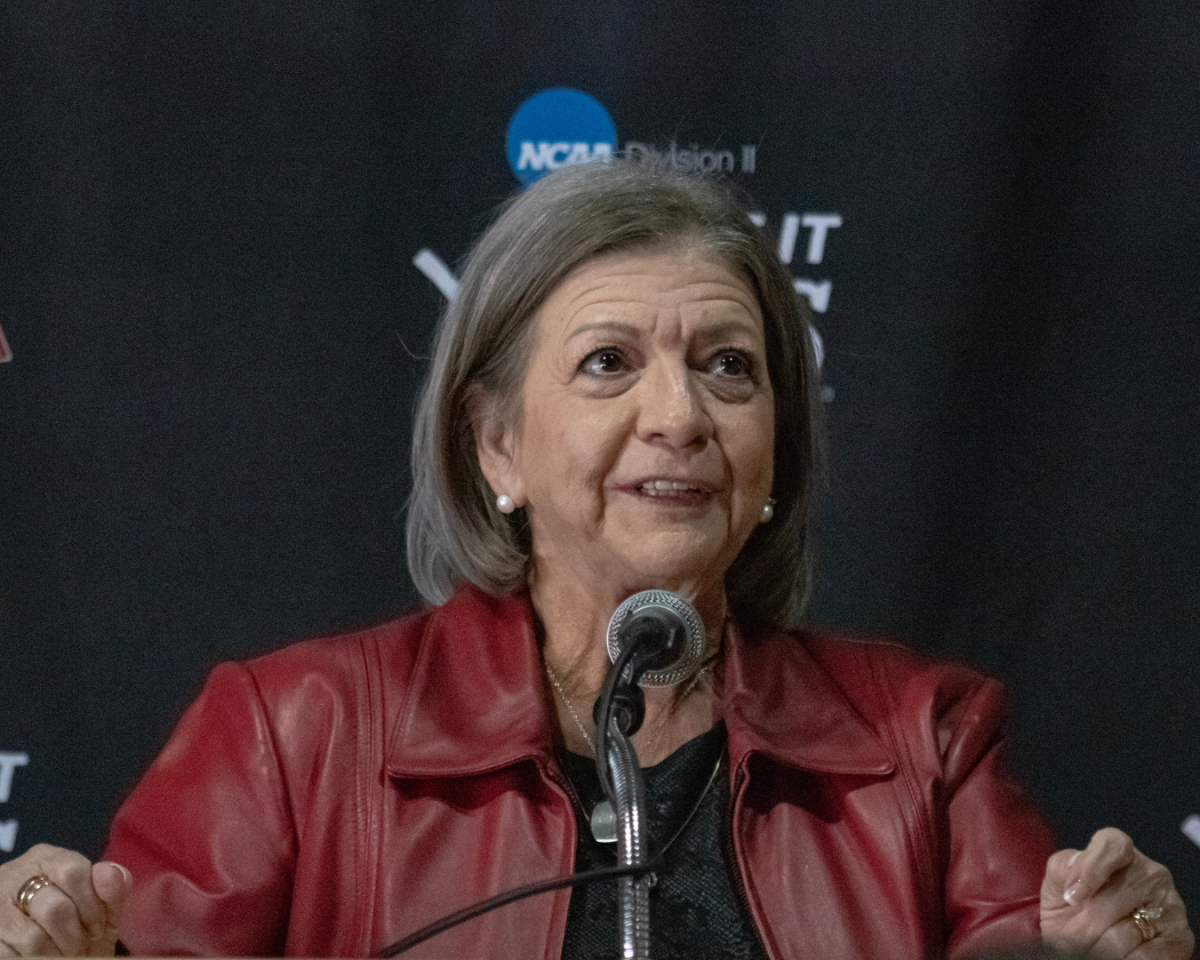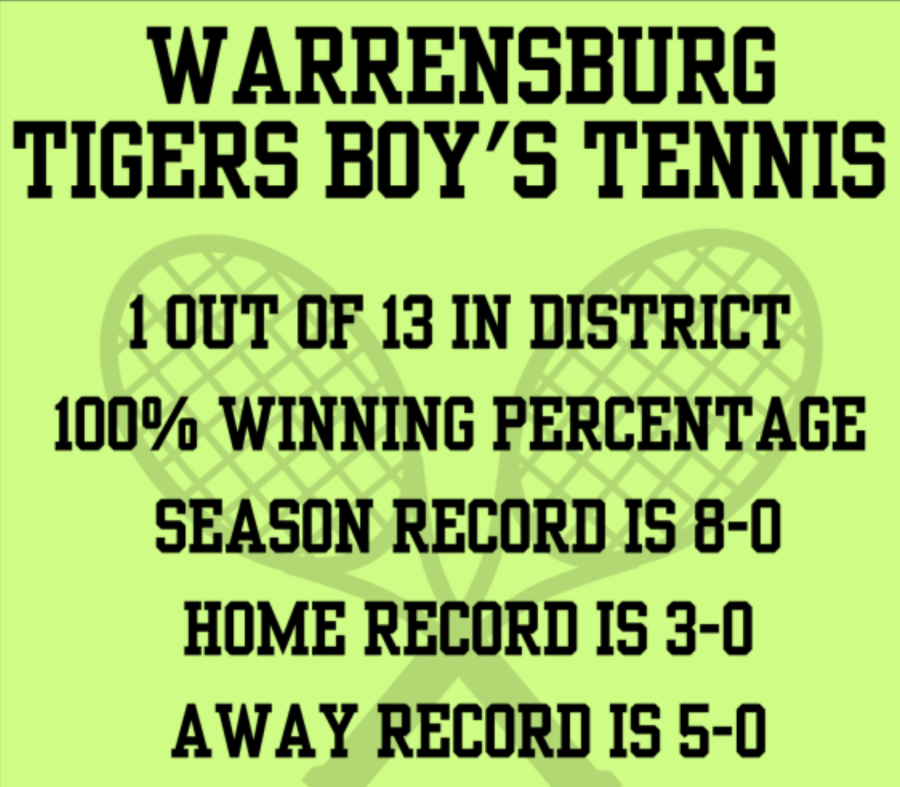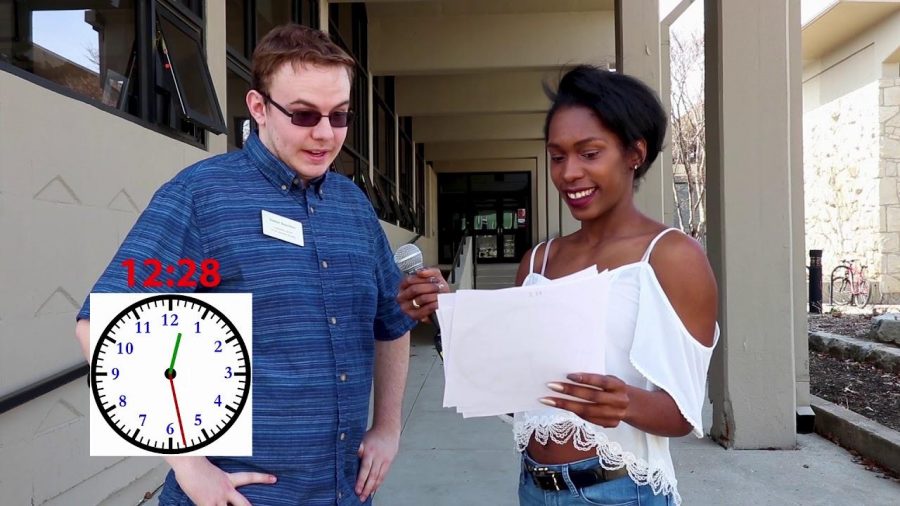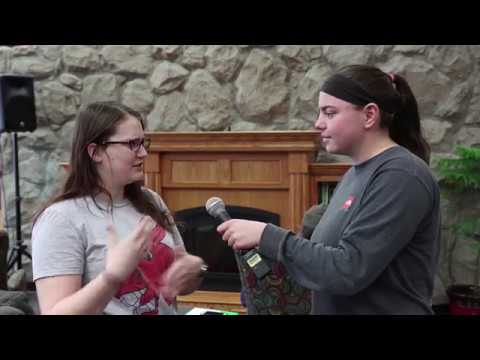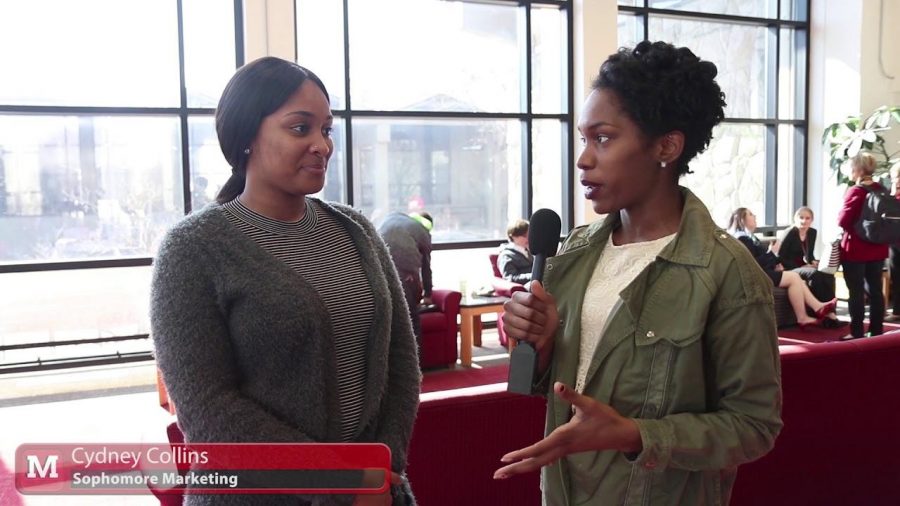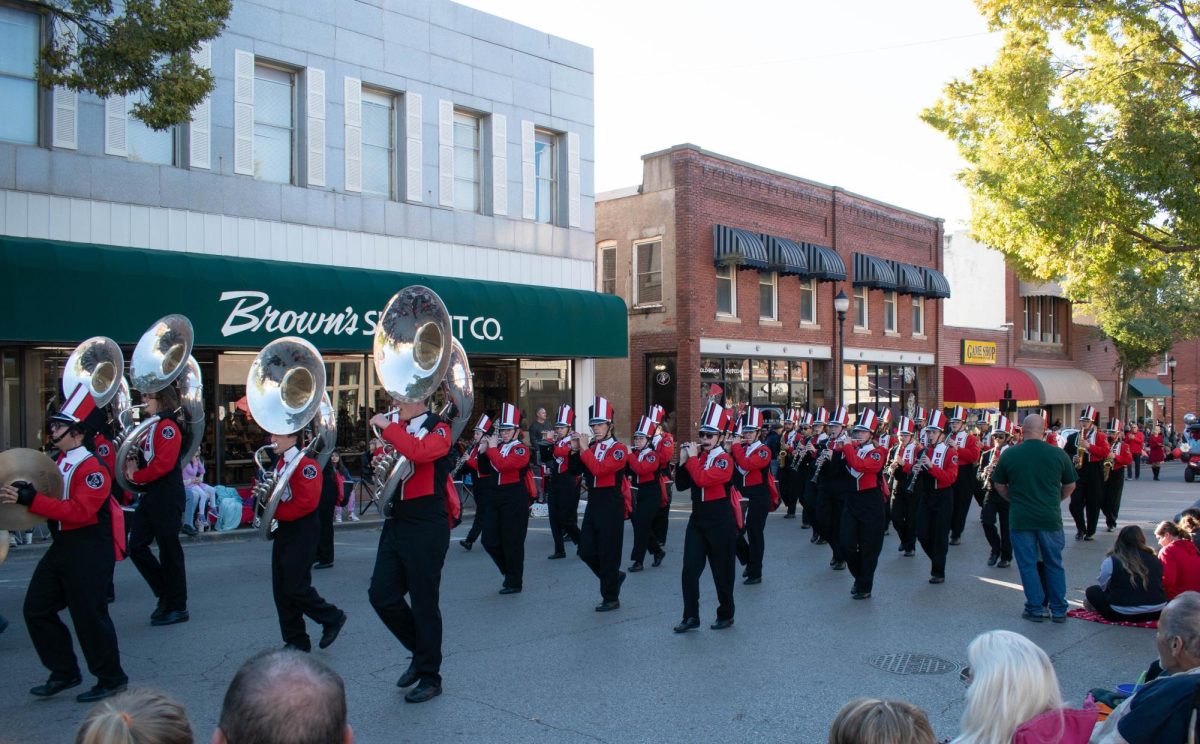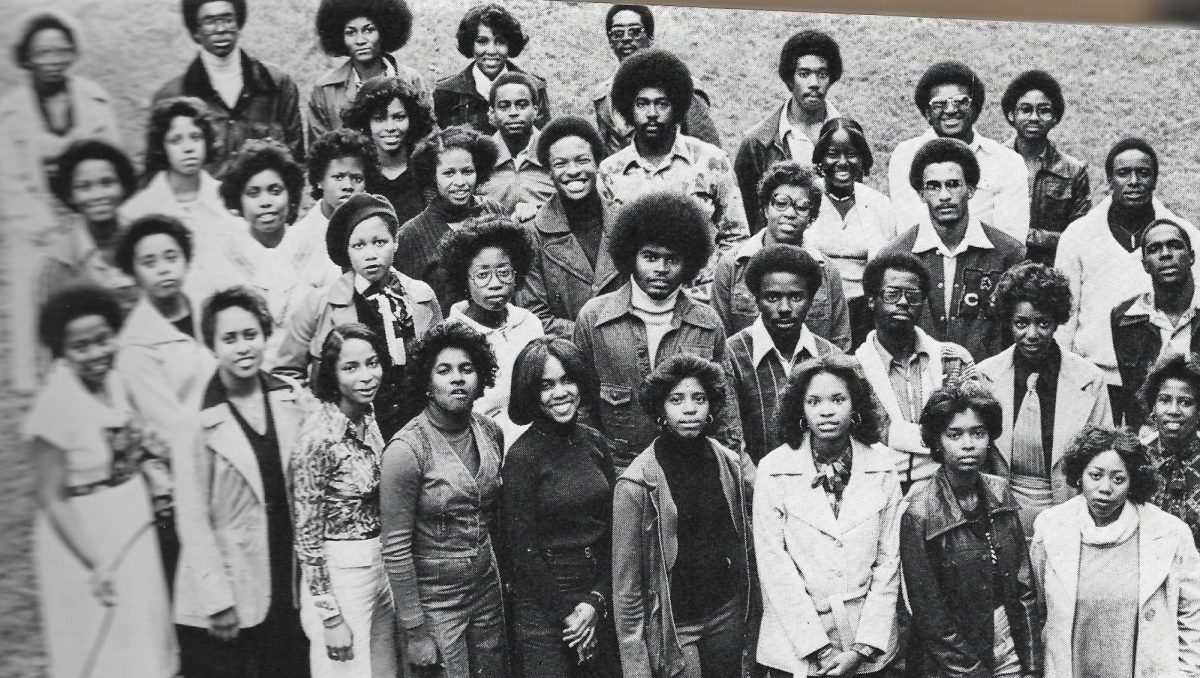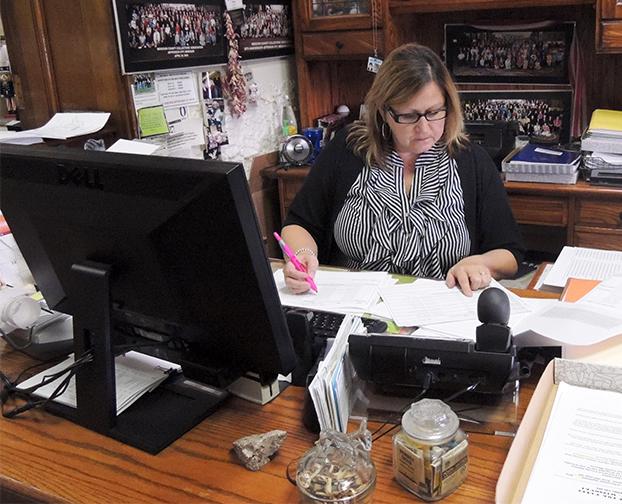
County Collector Ruthane Small is in the process of putting together this year’s property tax bills.
By CLIFF ADAMS
(WARRENSBURG, Mo., digitalBURG) Johnson County taxpayers are saving time, money and potential headaches due to the streamlined property tax billing process created by County Collector Ruthane Small.
Small discussed the changes in equipment, forms, techniques and auditing she implemented during her tenure as collector during a meeting with UCM students Wednesday at the courthouse. She said ensuring accuracy and helping taxpayers is important.
“I started my career as a seasonal worker in 1992,” Small said. “Most people have no idea what my job entails. They are surprised to find out how much goes into this.”
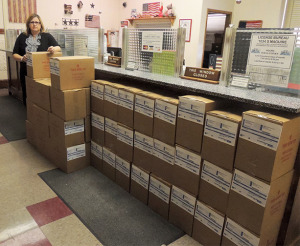
County Collector Ruthane Small stands by numerous boxes containing blank statements that she and her staff will use for printing Johnson County property tax bills.
Small began by explaining how taxes are calculated, including tax levies, and verified before she prepares tax bills.
“First, the tax assessor must lock in their books,” Small said. “That is actually happening today. Then the county clerk certifies tax levies. An abstract or itemization is provided to me with the final tax amounts. Once this happens, I am ready to begin printing the tax bills.”
Preparing for printing the bills is a massive undertaking that Small has worked diligently to streamline for time and money savings.
“Until 2002, we used a three-part paper for the bill,” Small said. “Sections had to be pulled apart manually which was time consuming. We were sharing an old printer downstairs with the assessor. I updated to a laser printer in 2003 and cut the time from 85 hours to 21 to print all tax bills.”
Small switched to a single sheet with tear-off certification cards that taxpayers can take to the Department of Motor Vehicles for proof of payment.
Another concept Small implemented is bill merging. If a taxpayer owns a vehicle and one or more real estate assets, their bills are “merged” into one envelope. This saves postage expenses and consolidates billing for the taxpayer.
“A summary sheet of all bills is included in the envelope,” Small said. “Merging had to be done by hand in the past. We have added a six-digit taxpayer identification number to ensure proper merging and new software verifies correct bill totals.”
In an effort to save citizen’s time and money, Small has incorporated online payments, made bills easier to spot in the mail, and pushed to install an automated teller machine in the courthouse.
“I introduced online payments in 2009,” Small said. “Individuals have the option to pay in person, by mail, online, or at the drop box by the courthouse. Our office is mailing larger envelopes for easy spotting when picking up your mail. This helps prevent the taxpayer from being hit with a late penalty.”
Tax bills are typically mailed mid-November but are required by law to be mailed by Dec. 1, according to a handout from the collector’s office. Taxes are due by Dec. 31 each year to avoid penalties.
“Payments are accepted as timely based on the postmark,” Small said. “I encourage taxpayers to pay with cash or check. If you pay with credit or debit, there is a 3.9 percent fee assessed by the card issuer. I installed the ATM to reduce cost to the taxpayer. There is a fee but it generally averages less than 1 percent.”
According to the handout, payments are enforced on personal property tax by requiring proof of payment to obtain license plates or registration renewal. Real estate will be seized and sold upon three years of delinquency.
“It is my goal to make things as clear, easy and helpful to the taxpayer as possible,” Small said. “Technology has helped our office tremendously. When I was new, in 1993, we collected a total of $9.8 million in tax payments. Last year’s total was $38 million.”
Recent Stories
- Goodbye Graduates
- D2L Brightspace to replace Blackboard in Fall 2025
- UCM hosts Special Olympics
- The Ultimate Revenge Fantasy: “Monkey Man” (2024)
- Students enjoy solar eclipse watch event
- Federal miscalculation sets back FAFSA
- UCM Celebrates a Y2K-Themed Greek Week
- Fans boycott HYBE music
- Cadman wins gold with 2.23 m jump
- "Romeo and Juliet", a twist on an age-old tale

